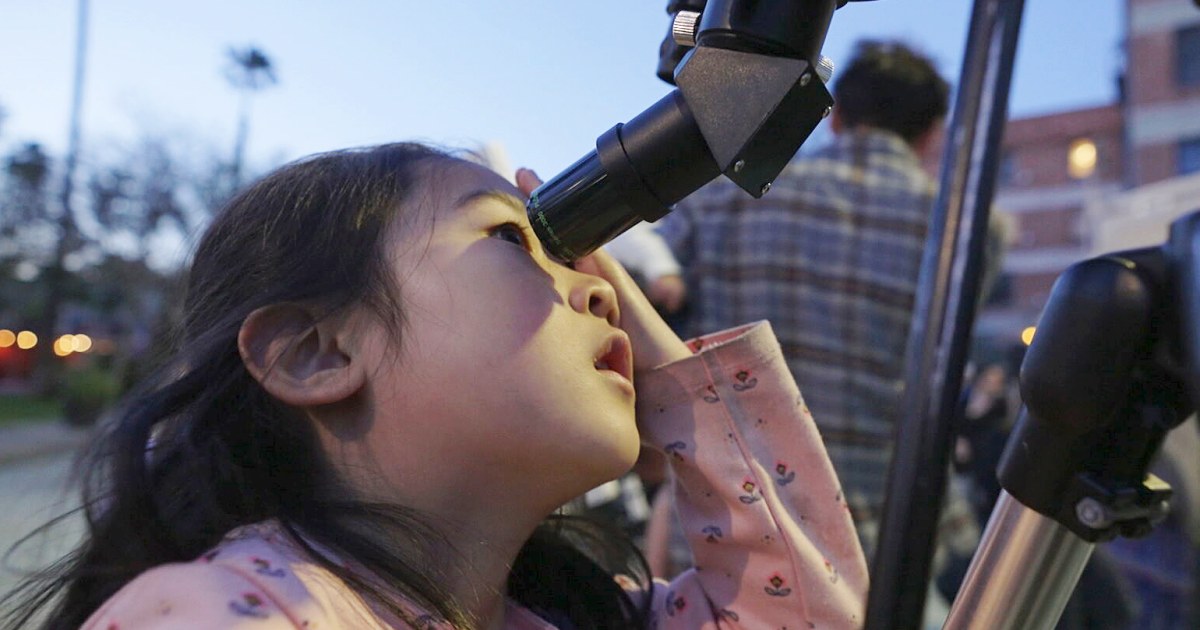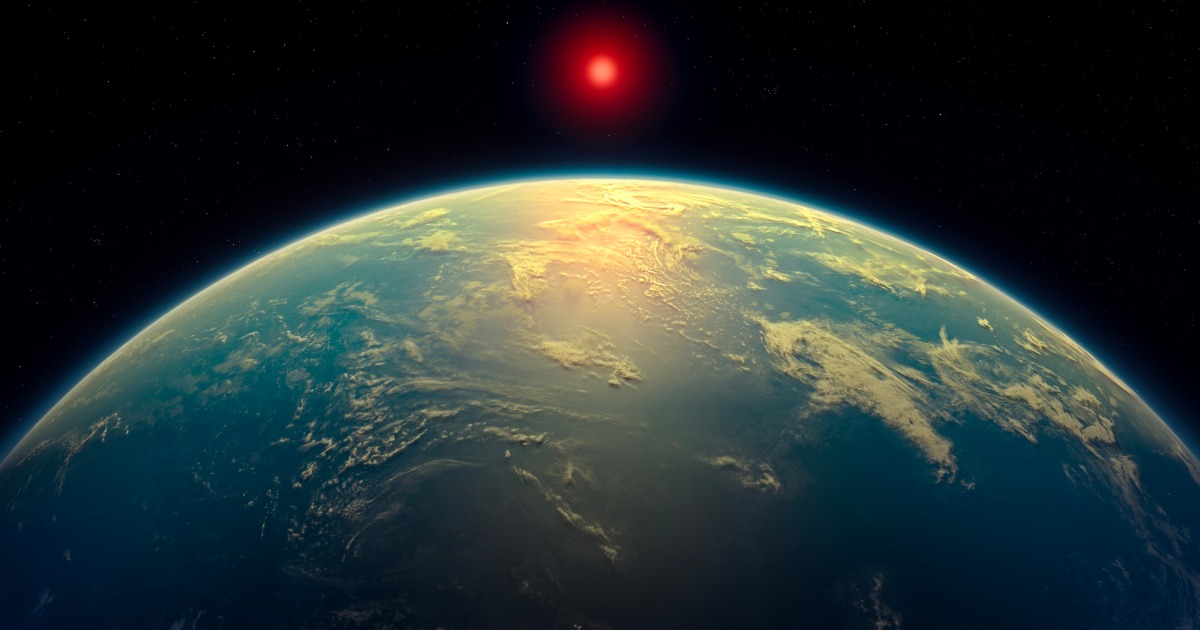
Spectral Types
In space and astronautical engineering, spectral types refer to the classification of stars based on their spectral characteristics. This classification is based on the presence of certain absorption lines in the star's spectrum, which are indicative of the star's temperature, luminosity, and chemical composition. The spectral types are labeled with letters, ranging from O (hottest and most massive stars) to M (coolest and least massive stars), with additional subclasses denoted by numbers (0-9) to further refine the classification. Spectral types are important in understanding the evolution and properties of stars, as well as in identifying potential targets for exoplanet searches.
Your Previous Searches
Random Picks
- Spacecraft Propulsion Systems: Spacecraft propulsion systems are the means by which a spacecraft is propelled through space. These systems use various methods to generate thrust, including chemical reactions, electric and magnetic fields, and nuclear reactions. Chemical ... Read More >>
- Anti-satellite Operations: Anti-satellite operations refer to the use of weapons or other means to destroy or disable satellites in orbit. These operations can be carried out from the ground, from aircraft, or from other satellites. Anti-satellite operations can be u ... Read More >>
- MERLIN: MERLIN (Methane Remote Sensing Lidar Mission) is a space mission concept that aims to measure atmospheric methane concentrations from space using lidar technology. The mission would involve a satellite equipped with a lidar instrument that ... Read More >>
Top News

Easter's date remains divisive. Some church leaders want that to change...
Eastern and Western churches will celebrate Easter on the same day this year, while marking 1,700 years since the Council of Nicaea unified Christian doctrine...
News Source: ABC News on 2025-04-19

In a city of stars, Los Angeles astronomy club makes sure to keep looking up...
LOS ANGELES — While Los Angeles is home to the biggest stars in the world, a monthly get-together is proving that the city’s rich and famous have nothing on the universe....
News Source: NBC News on 2025-04-18

This week on "Sunday Morning" (April 20)...
A look at the features for this week's broadcast of the Emmy-winning program, hosted by Jane Pauley....
News Source: CBS News on 2025-04-17

Scientists detect strongest hints yet of life on a distant planet...
Scientists have detected unique chemical patterns similar to those produced by the Earth's algae and seaweed — raising the possibility of the presence of a warm ocean, perhaps teeming with life, on ...
News Source: NBC News on 2025-04-17

Is there life on another planet? Scientists find the strongest evidence yet...
Near a planet far, far away astronomers have found traces of chemicals that on Earth are only produced by living beings....
News Source: Al Jazeera English on 2025-04-17